07
Sep
Talk about getting ahead of yourself.
Last June, Celator Pharmaceuticals proudly displayed a large poster touting its experimental Vyxeos medication as an effective salve for treating acute myeloid leukemia. The poster was, in fact, one of countless placards featured prominently on the exhibit floor at the American Society of Clinical Oncology meeting in Chicago, a sort of Woodstock for cancer doctors and eager investors.
Despite the numerous displays, however, the Celator poster managed to stick out.
That’s because Vyxeos has not yet been approved to treat AML. Earlier in the year, Celator reported positive clinical trial results for the drug, which combines two currently available medications in a new formulation. But that’s not the same thing as having clearance to market a product. Unfortunately, that’s the impression regulators had after looking at the poster.
Genentech headquarters in South San Francisco, Calif. seen Friday, March 6, 2009. Swiss pharmaceutical giant Roche agreed to pay $46.8 billion to buy the 44 percent of biotech pioneer Genentech that it doesn’t already own, ending a long corporate struggle with its U.S.-based cancer drug partner. (AP Photo/Paul Sakuma)
Drug makers pay $67 million for misleading docs about cancer drug survival data
As far as the US Food and Drug Administration is concerned, Celator was, effectively, promoting a drug that was misbranded. And so the FDA sent the company, which has since been purchased by Jazz Pharmaceuticals for about $1.5 billion, a letter to complain about its promotional behavior.
“We note that the ASCO panel and the area surrounding the display did not include any information to indicate that (Vyxeos) is an investigational drug product that has not been approved for commercial distribution in the United States and that this panel appeared in the main exhibit hall at ASCO, alongside approved products,” the agency wrote in its Aug. 25 letter, which was posted on its website Wednesday.
“… From a public health perspective, these claims and presentations are concerning because they include representations in a promotional context regarding the safety and efficacy of an investigational new drug that has not been approved by the FDA,” the agency stated.
We asked Jazz for comment and will update you accordingly.
Such admonitions for promotional practices used to be commonplace, but the FDA has issued far fewer infraction letters in recent years. In fact, there were just nine issued in each of the past two years — which not only represented an all-time low, but was also well below the 52 letters that were sent to companies in 2010.
New York Attorney General Eric T. Schneiderman speaks during a news conference, Thursday, Feb. 11, 2016, in New York. Morgan Stanley will pay $3.2 billion in a settlement over bank practices that contributed to the 2008 financial crisis, including misrepresentations about the value of mortgage-backed securities, authorities announced Thursday. (AP Photo/Mary Altaffer)
Drug maker fined by New York over improper opioid marketing
The FDA may be on track to break that record, though.
So far this year, just three have been issued by the FDA, including the latest missive sent to Celator. Mark Senak of the public relations firm FleishmanHillard, who writes the Eye on FDA blog, has previously suggested the fall-off in letters may be due to a transition phase in which the agency works on industry guidelines for social media promotions.
Two of the three infraction letters issued this year, however, did not involve social media activities. Besides the letter to Celator, the FDA sent a letter to Shionogi Pharmaceuticals due to a lack of information on a copay assistance voucher. The other letter was sent to Pfizer’s Hospira unit for a YouTube video that omitted risk information about a medication.
Unfortunately, the FDA, Senak wrote us, hasn’t “said anything, so one can only speculate that the time and trouble of issuing letters is perhaps not as productive as other means of enforcement, such as reviewing materials submitted — activity where there is not much transparency to let us know” what the agency is thinking.
Categories:
Industry News
Tags:
Clinical Trail, Once Source Clinical and Management, OSCM


